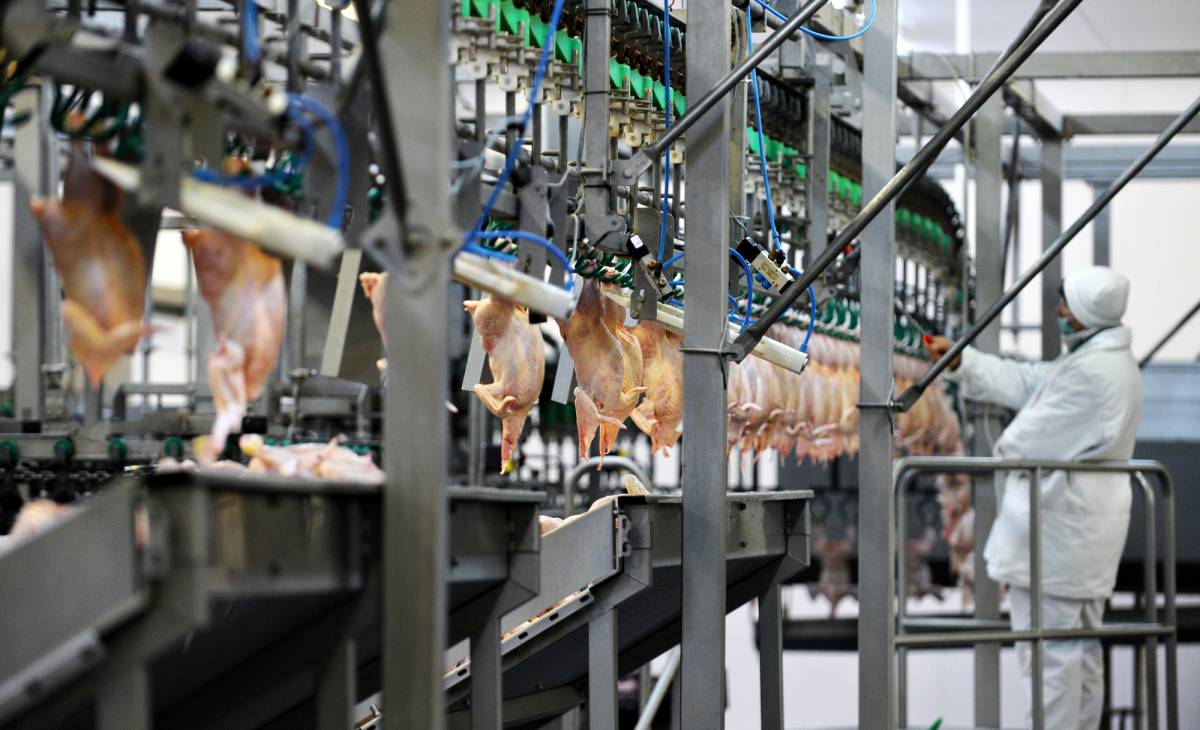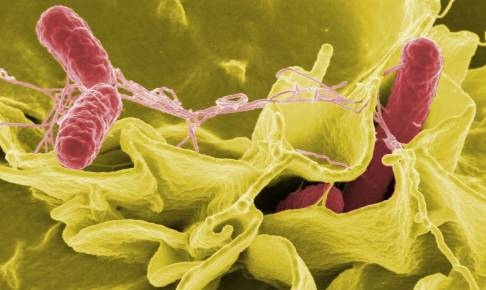FSIS has issued four updated pathogen control guidelines for beef and poultry operations
New guideline papers for reducing pathogens in beef and raw poultry have been issued by the USDA's Food Safety and Inspection Service (FSIS). The availability of four revised FSIS Guidelines for pathogen controls in beef and poultry operations is announced in this notice, which IPP will review with establishment management at the next weekly meeting. FSIS told inspectors that the references are guidelines and not obligations. They will be available until August 1, 2022, at the very least. Determinations of compliance will continue to be based on regulatory conformity.
More than 70 % of the foodborne illnesses monitored by the US Centers for Disease Control and Prevention are caused by Salmonella and Campylobacter bacteria, which are addressed in half of the guidelines. The guidelines, according to FSIS, will assist poultry operations of all sizes, including tiny and very small ones, in identifying and implementing pre- and post-harvest Campylobacter control interventions as part of their HACCP systems. In addition, the new Campylobacter recommendations will assist poultry producers with microbial testing for performance monitoring and decision-making. As part of a HACCP program, the Salmonella guidelines promise to assist with pre- and post-harvest treatments to control the pathogen. Help with microbial testing is also mentioned as an advantage.
The guidelines for beef, including veal, have been issued in order to reduce the risk of Shiga Toxin-Producing E. coli, often known as STEC. Moreover, separate criteria are available for slaughter and processing activities.
The guidelines will provide an assistance to establishments that slaughter beef (including veal) in the following - implementing effective sanitary dressing procedures to prevent carcass contamination; implementing effective decontamination and antimicrobial interventions; and properly assessing microbial testing results and using the results to assess the overall HACCP system's effectiveness. Furthermore, the guidelines will assist establishments producing non-intact and intact cuts intended for raw non-intact beef products in determining the adulterant status of STEC in beef products, designing supportable STEC control measures, developing ongoing verification measures to ensure that STEC control measures are functioning as intended, and responding when the HACCP system fails to prevent or reduce STEC to acceptable levels.
Sources:
https://www.fsis.usda.gov/policy/fsis-notice/29-21
https://www.cdc.gov/salmonella/
https://www.cdc.gov/campylobacter/
https://www.cdc.gov/media/releases/2017/p0420-campylobacter-salmonella.html






















